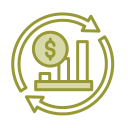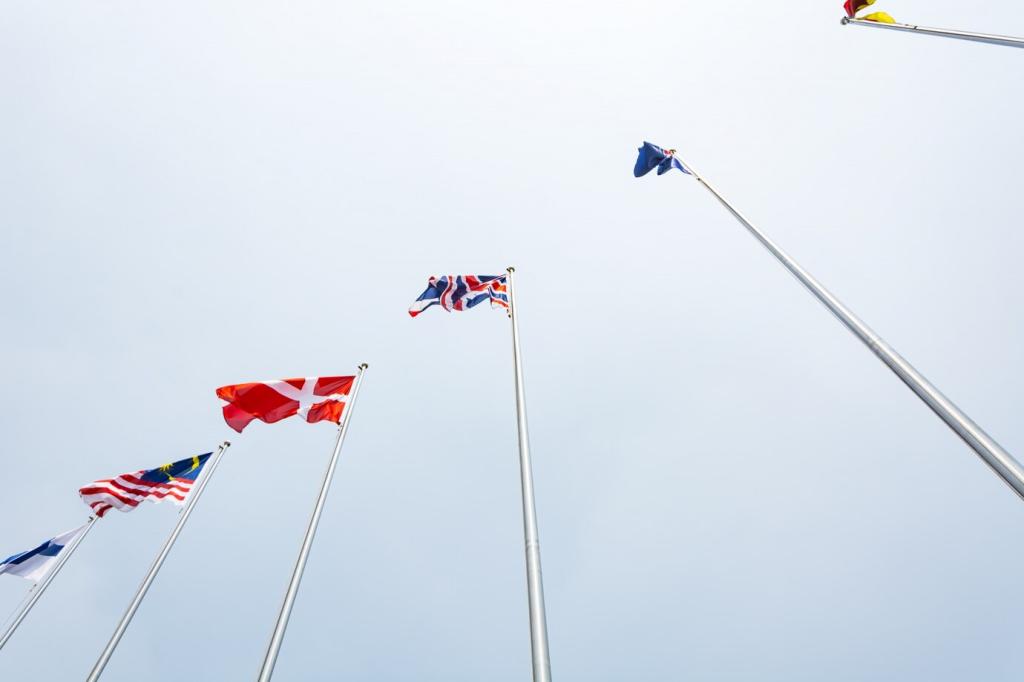
Chosen Theme: World Economic Forum Reports and Analysis
Welcome! Today we dive into World Economic Forum Reports and Analysis—turning dense briefings into clear insights and practical moves. From the Global Risks Report to Future of Jobs and Competitiveness findings, we translate charts into choices. Subscribe, share your questions, and help shape our next deep dive.
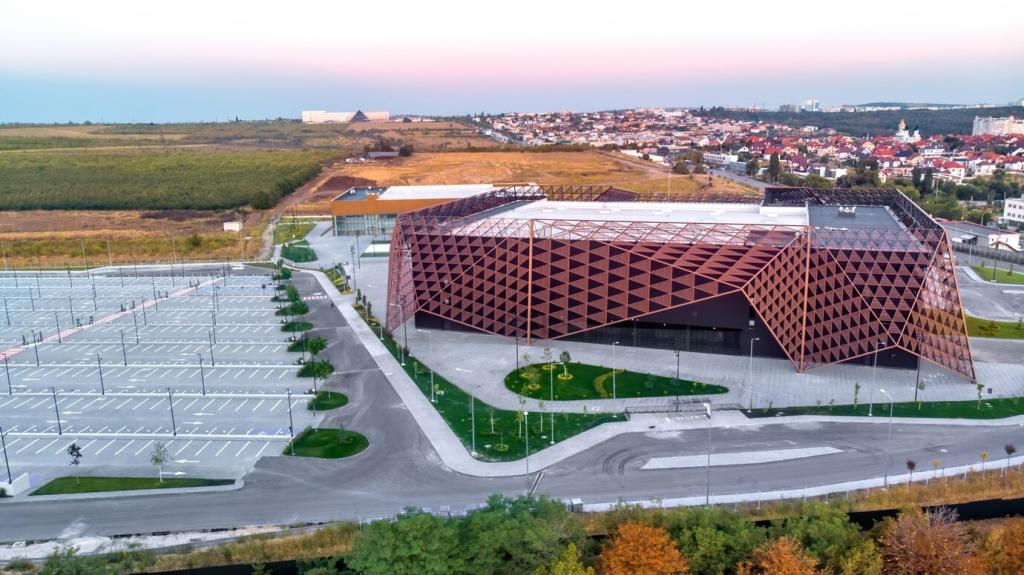
What the risk horizons really mean
The Global Risks Report layers immediate, two-year, and ten-year horizons. Think of them as overlapping weather forecasts for your organization. Our analysis clarifies when climate, cyber, and geoeconomic tensions intersect, and how early investments in resilience compound. Tell us which risk cluster worries you most so we can prioritize future coverage.

From heat maps to decision maps
Heat maps are memorable, but decision maps change outcomes. We translate risk likelihood and impact into concrete playbooks: diversify inputs, secure data, insure critical exposures, and rehearse response protocols. Comment with your sector, and we’ll tailor a simple checklist rooted in World Economic Forum Reports and Analysis for your next board meeting.

A story from the shoreline
After reading the Global Risks Report, a coastal utility piloted microgrids and shoreline buffers. A storm arrived sooner than models suggested, but downtime plunged by half. The lesson echoes across WEF analyses: resilience pays before disaster strikes. Share your own preparedness wins, and we’ll spotlight the smartest, scrappiest approaches in our next post.


Future of Jobs: Signals For Your Next Skill Move
World Economic Forum Reports and Analysis show roles are not vanishing so much as morphing. Data, AI, and sustainability functions expand while routine tasks shrink. Green-collar jobs—from energy efficiency auditors to grid analysts—rise steadily. Tell us your current role, and we’ll map two adjacent, high-demand skills to futureproof your trajectory.
Future of Jobs: Signals For Your Next Skill Move
The most successful programs pair short modules, real projects, and employer signals. WeEF-aligned pathways show credential value jumps when learners practice on authentic datasets or operational tools. If you’re leading HR or L&D, comment with your challenge; we’ll suggest a three-course sequence aligned to WEF skill taxonomies and local labor trends.
Net-Zero, Energy Security, and the Cost Curve to 2030
Financing the transition amid higher rates
WEF analyses highlight blended finance and de-risking tools that crowd in private capital when interest rates bite. Think guarantee facilities, transition funds, and standardized contracts. Tell us your sector’s hurdle—capex, permitting, or demand—and we’ll surface a case study where policy and finance bridged the gap without ballooning costs.
Industrial policy in practice
From heat pumps to battery supply chains, the winning playbooks align procurement, permitting speed, workforce training, and grid upgrades. The reports stress coalition building: firms, cities, and financiers moving together. Comment with a technology you track, and we’ll parse the latest WEF indicators and milestones worth watching this quarter.
Household choices that scale
WEF research shows small decisions compound when adoption hits tipping points: induction stoves, efficient heat, rooftop solar, and smart meters. Share your trial-and-error story—what worked, what didn’t—and we’ll compile reader-tested guides aligned to regional incentives so neighbors can leapfrog pain points and save money faster.


Mapping concentration risk with real numbers
Start by listing tier-one suppliers, then estimate exposure to tier-two and critical minerals. WEF surveys show many disruptions originate beyond immediate partners. Comment with one product you depend on, and we’ll share a quick stress-test approach for alternate routes, substitutable inputs, and scenario inventory levels tuned to your demand volatility.
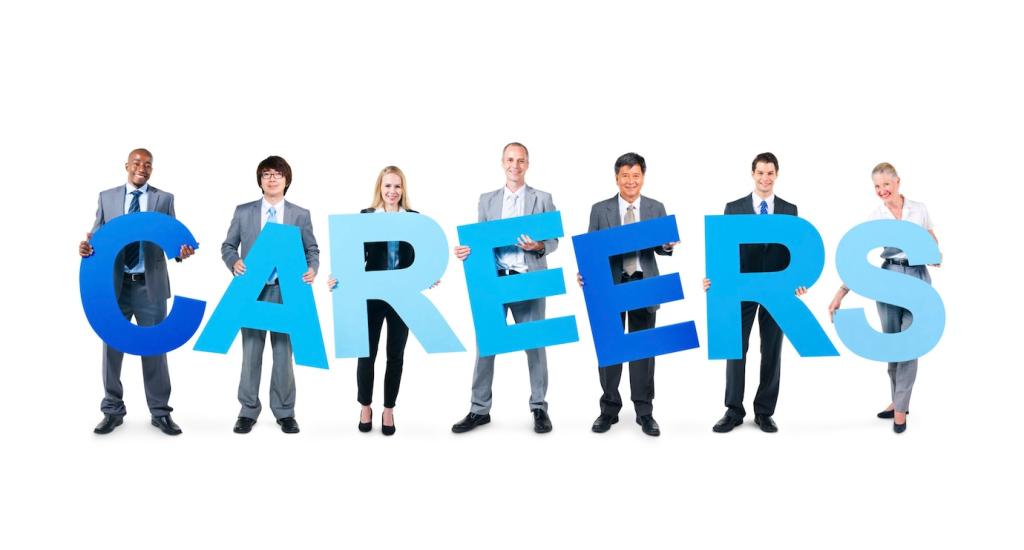
Friendshoring without fragmenting
Reports caution that overcorrecting can inflate costs and slow innovation. The middle road blends nearshoring for critical nodes, diversified contracts, and shared visibility platforms. Which markets are you eyeing—Mexico, Poland, Vietnam? Tell us, and we’ll pull WEF competitiveness signals to weigh logistics, talent, and regulatory predictability for your case.

SME resilience on a shoestring
A small manufacturer we interviewed, inspired by WEF guidance, pooled shipping with peers and digitized purchase orders using open tools. Lead times shrank, cash flow improved, and customer confidence returned. Share your constraints, and we’ll crowdsource low-cost fixes other readers have proven under tough conditions.
Digital Trust and AI Governance
Ethical AI frameworks matter only when wired into design reviews, model cards, and incident logging. We map WEF-recommended safeguards—explainability, bias testing, and human oversight—to development sprints. Tell us your product’s risk profile, and we’ll outline a lightweight governance checklist that avoids slowing shipping schedules.
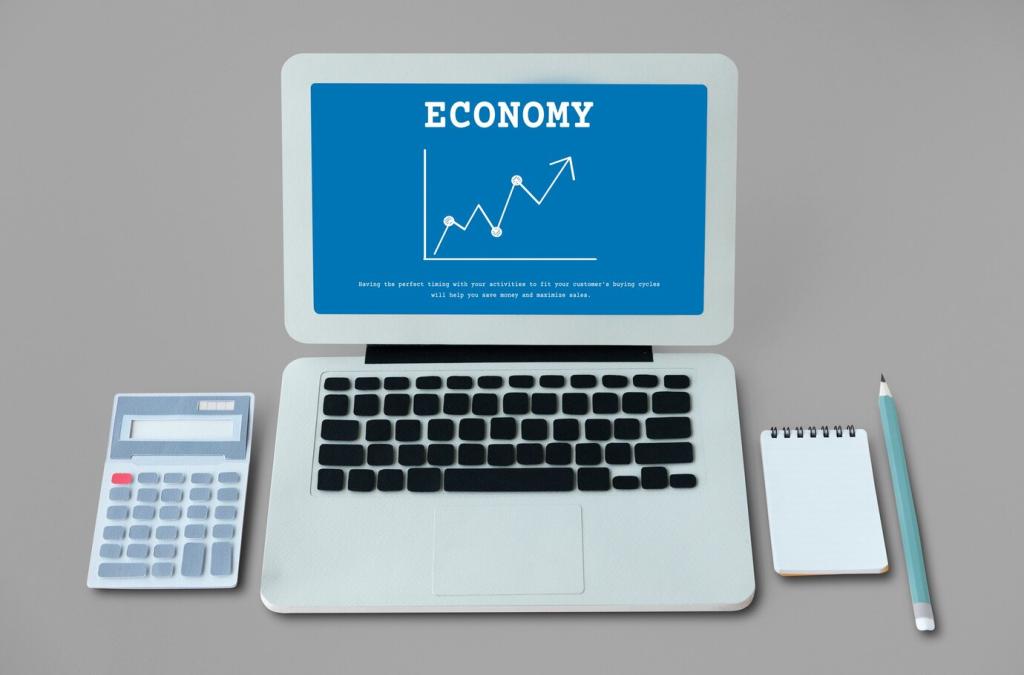

Digital Trust and AI Governance
WEF reports advocate tabletop exercises and cross-industry playbooks. One hospital system we studied practiced a simulated ransomware hit; when the real thing arrived, clinicians kept operating because paper protocols were ready. Share your incident drill frequency, and we’ll suggest cadence and tooling that fit your team size and risk.
Inclusive Growth: Turning Metrics Into Mobility
Education access, fair wages, and health drive outcomes more than headline GDP. WeEF metrics reveal mobility is a system, not a lottery. Tell us which barrier hits hardest in your city—transport, childcare, or credentials—and we’ll unpack case studies where communities reversed the trend with measurable results.


Inclusive Growth: Turning Metrics Into Mobility
Dual-training models shine in WEF analyses because they blend classroom learning with paid practice. Employers get talent; learners earn while building mastery. Share a program you admire, and we’ll map its design elements so others can replicate impact without excessive bureaucracy or cost.
Competitiveness Reimagined: Productivity for a Fragmented World
WEF findings show productivity accelerates where digital public infrastructure, management quality, and skills intersect. Think eID, instant payments, and logistics platforms underpinning small-business exports. Which layer is weakest where you operate? Share it, and we’ll surface targeted reforms and company-level moves to unlock compounding gains.

